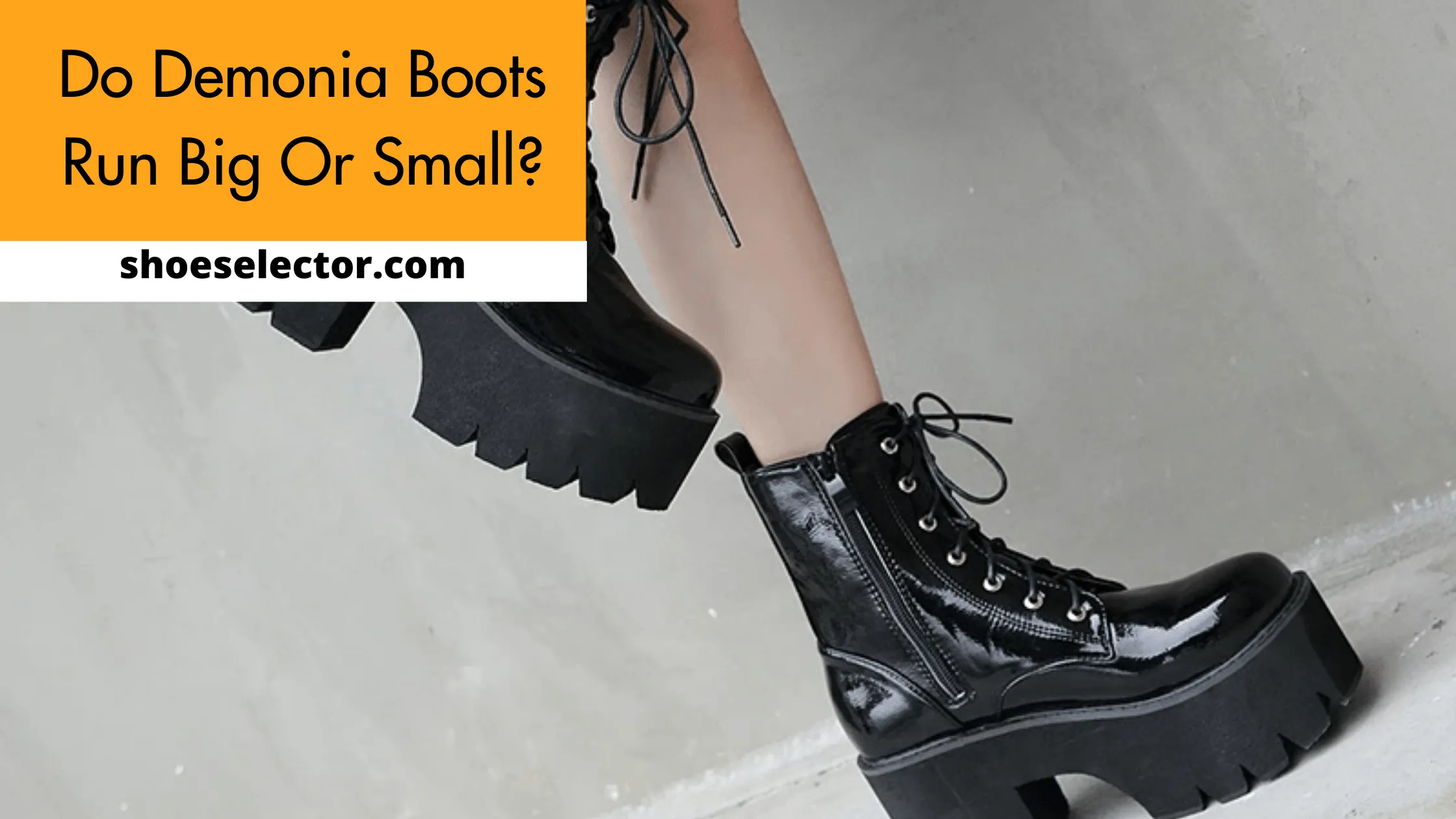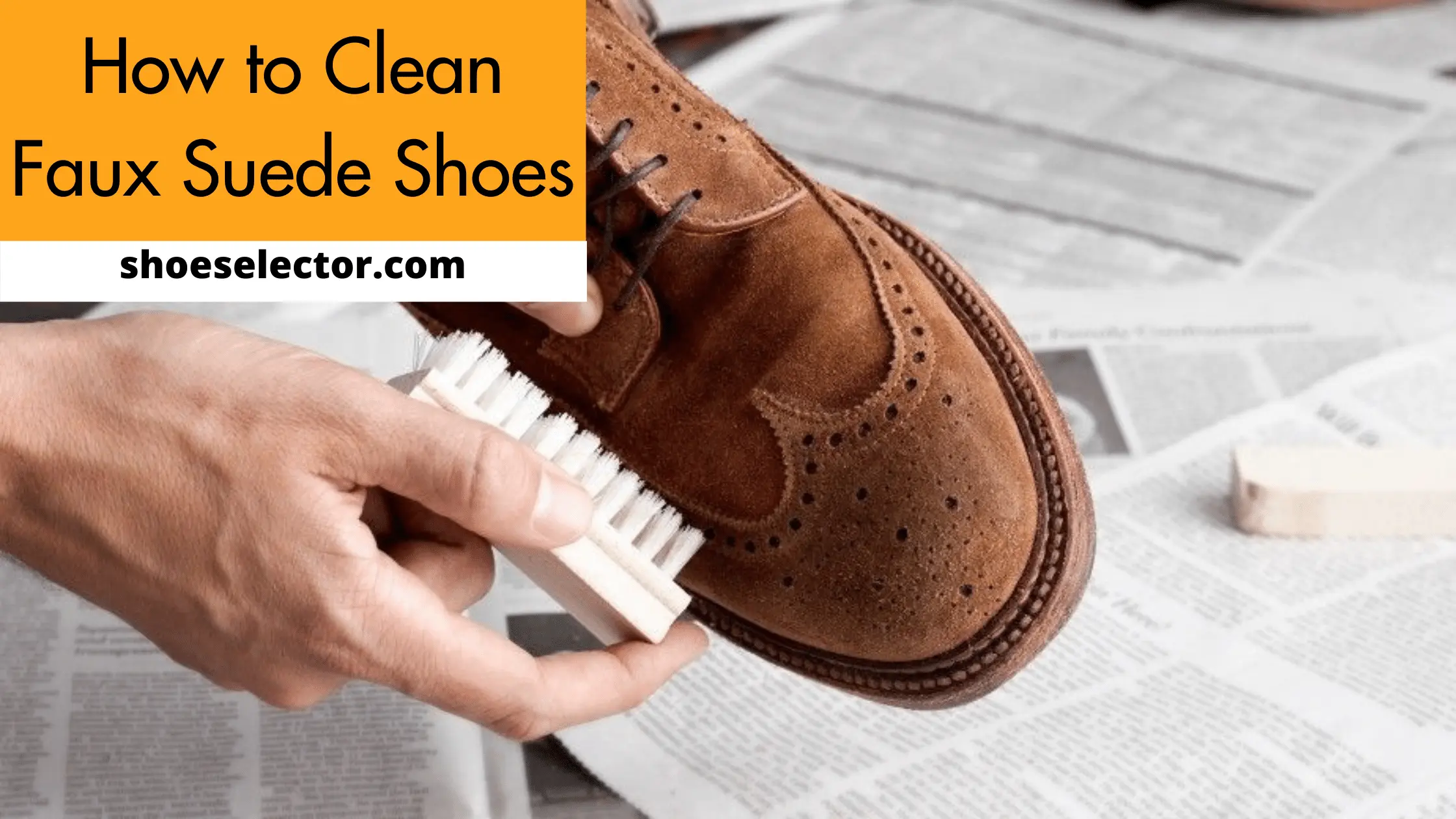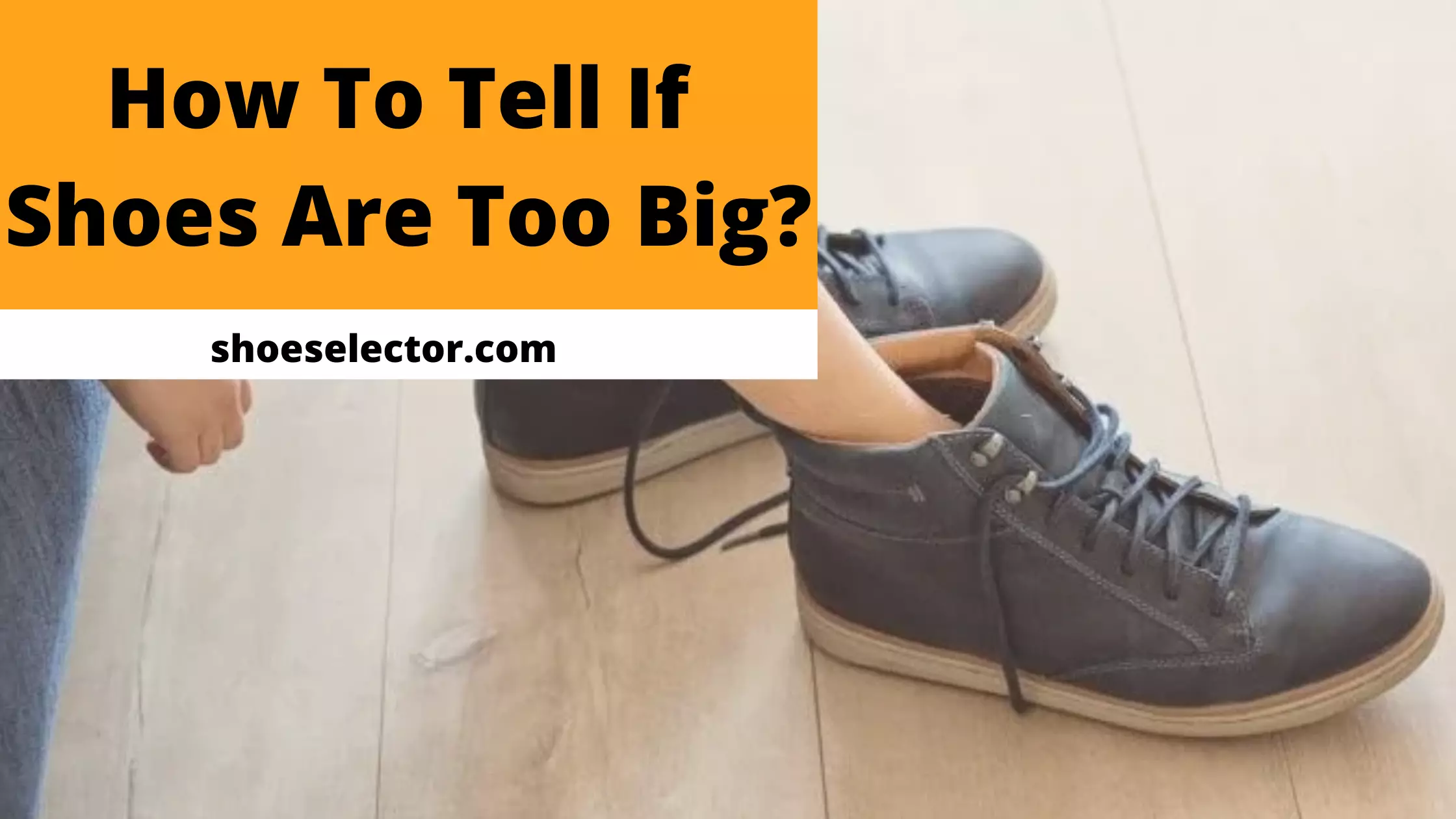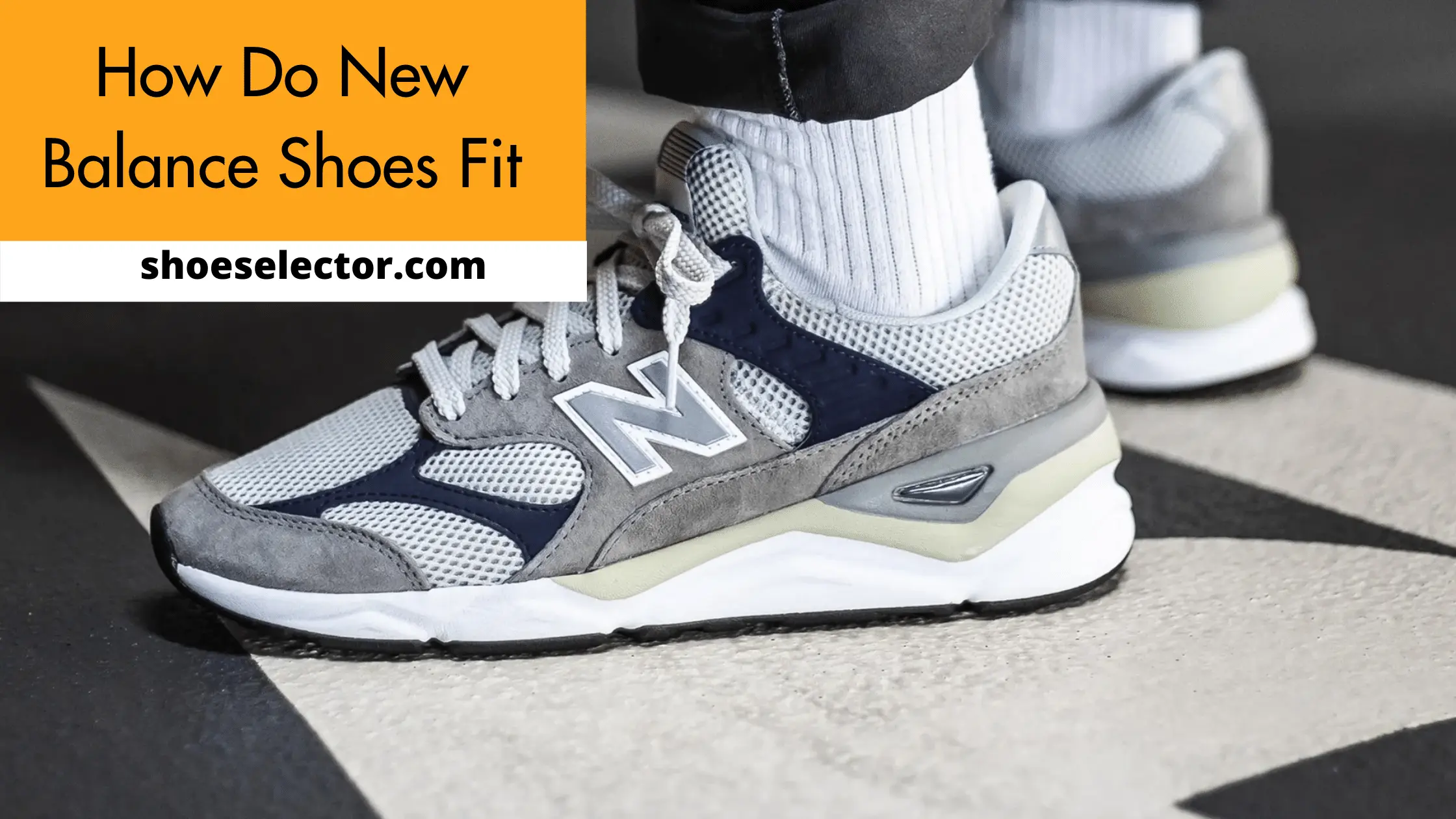Mold can form on shoes for a variety of reasons. In some cases, the mold is simply the result of moisture that has collected on the shoes. In other cases, however, the mold may be a sign that there is something wrong with the shoes or that they are not being properly taken care of. Understanding what causes mold on shoes and how to prevent it is important for ensuring that your shoes stay in good condition.
Mold on shoes is an unsightly problem that can be difficult to get rid of. Unfortunately, there are many factors that can cause mold to form on shoes. In this post, we’ll take a look at some of the most common causes of shoe mold and how to prevent it from occurring. We’ll also provide some tips for removing mold from shoes if it does occur. Let’s get started!
Mold Causes On Shoes:
Before the repair, try to dig in first on why molds grow on shoes. Shoes are susceptible to mildew. Here are the reasons why.
1. Moist Shoe Areas:
Mold can be a big problem for your shoes, especially if they get wet. But don’t worry, our Moist Shoe Areas Mold Causes On Shoe product can help. This great product helps to keep mold from forming on your shoes in the first place, by preventing moisture from accumulating. It’s easy to use, just spray it on and let it dry. And it’s effective, so you don’t have to worry about your shoes smelling bad or falling apart.
2. Filthy Closets:
We know that a lot of you out there are dealing with some pretty filthy closets. And we also know that a lot of you are probably wondering if those filthy closets can cause mold on your shoes. Well, the answer is yes, it is possible for mold to grow inside your closet and on your shoes if you’re not careful.
Mold loves dark, wet, and humid environments- like the inside of your closet. If your shoes are stored in a closet that is moldy, there is a good chance that your shoes are moldy too. Mold not only ruins the look of your shoes, but it can also cause health problems. Mold exposure can cause respiratory problems, allergic reactions, and even skin infections.
If you’re not careful, your shoes can become the perfect breeding ground for mold and mildew. And once mold gets a foothold in your closet, it can be very difficult to get rid of.
3. Trapped Humidity:
If you’re like most people, you probably don’t think about the humidity in your home very often. But if you have a problem with trapped humidity, it can cause mold to grow on your shoes. Not only is it unsightly, but it can also be difficult to remove. Mold is caused by trapped humidity, and is often the result of poor ventilation.Mold needs three things to grow: moisture, darkness, and food. Your shoes are the perfect breeding ground for mold because they’re often dark and moist. And if you wear them without socks, they provide a food source for mold spores to grow.
4. Wooden Shelves:
When you have shoes that are made of wood, it is important to know that they can cause mold on your shoes. The problem with wooden shoes is that they are not as breathable boots as other boot such as leather or fabric boots. This lack of breathability means that moisture can get trapped inside the shoes and cause mold to grow.
Mold is a type of fungus that thrives in moist environments. It can cause a variety of health problems, including respiratory infections, skin rashes, and allergic reactions. If you notice mold growing on your shoes, it is important to clean it off as soon as possible.
Proven Ways to Prevent Mold on Shoes in a Closet
If you’re like most people, you probably don’t think twice about storing your shoes in a closet. After all, what’s the harm in letting them gather a little dust? Unfortunately, if you’re not careful, that dust can turn into the mold - and that’s when things start to get dangerous.
Mold growing on a shoe’s insole can cause a toenail fungus infection. If inhaled, mold can trigger respiratory problems and asthma attacks in vulnerable people. And approximately 25% of the population is genetically vulnerable to mold toxins. So it’s important to take steps to prevent mold from growing on your shoes in the first place.
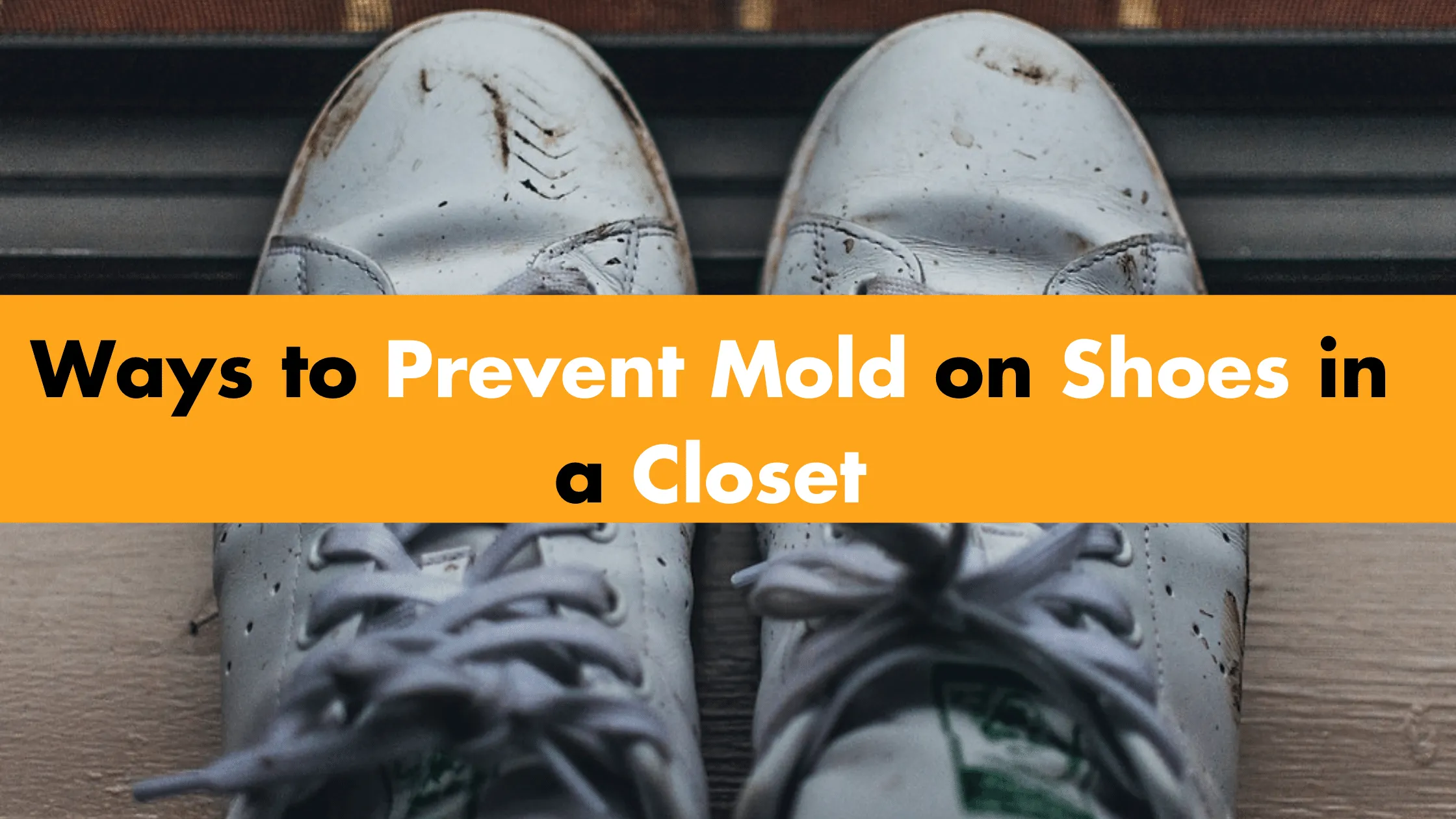
Store Your Shoes Carefully:
- Avoid storing shoes in direct sunlight, as this can cause the material to break down and become damaged.
- If possible, store shoes in a cool, dry place that has good ventilation. This will help to keep mold and mildew at bay.
- Be sure to clean your shoes on a regular basis, as this will also help to prevent mold and mildew from taking hold.
- If you do notice mold or mildew on your shoes, be sure to clean them immediately and allow them to dry completely before storing them again.
Always Air-Dry:
After you have worn your shoes, it is important to air-dry them before storing them away. This will help to prevent mold and mildew from taking hold. If possible, place your shoes in a well-ventilated area so that they can dry quickly and completely. Be sure to check on them regularly, as damp shoes are more likely to develop mold and mildew. If you notice any moisture, be sure to remove it immediately.
Use a Shoe Deodorizer:
If you are worried about mold and mildew developing on your shoes, you can use a shoe deodorizer to help keep them fresh. These products can be found at most stores that sell shoe care products. Be sure to follow the directions on the packaging, as some deodorizers may need to be applied directly to the shoes while others can be used in the shoe storage area.
Inspect Your Shoes Regularly:
It is important to inspect your shoes on a regular basis, as this will help you to spot any potential problems early. Be sure to look for any signs of mold or mildew, as well as any other damage that may have occurred. If you notice anything suspicious, be sure to take action immediately to prevent further damage.
Use Silica Jell to Avoid Causing Molds on Shoes:
If you are concerned about mold and mildew developing on your shoes, you can use silica gel to help keep them fresh. Silica gel is a product that can be found at most stores that sell shoe care products. Be sure to follow the directions on the packaging, as some silica gel products may need to be applied directly to the shoes while others can be used in the shoe storage area.
Do Not Put Your Shoes Inside a Plastic Bag:
Most people think that putting shoes in a plastic bag protects them from mold. But plastic bags trap humidity which enhances mold growth. It is advised that you expose your shoe to a dry air closet.
Conclusion!
By taking the proper steps, you can help to prevent mold and mildew from developing on your shoes. Be sure to clean your shoes on a regular basis, store them in a cool, dry place, and Inspect them regularly. If you notice any problems, be sure to take action immediately. By following these tips, you can help keep your shoes looking their best.

